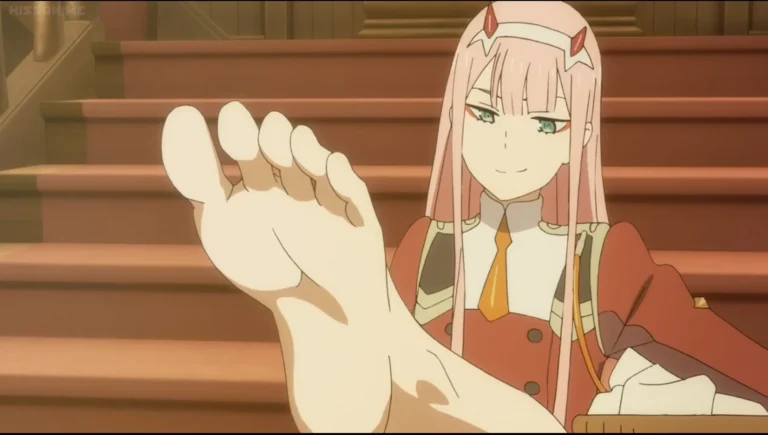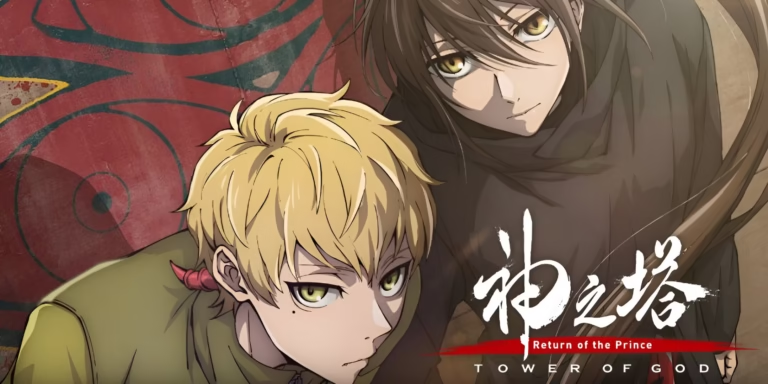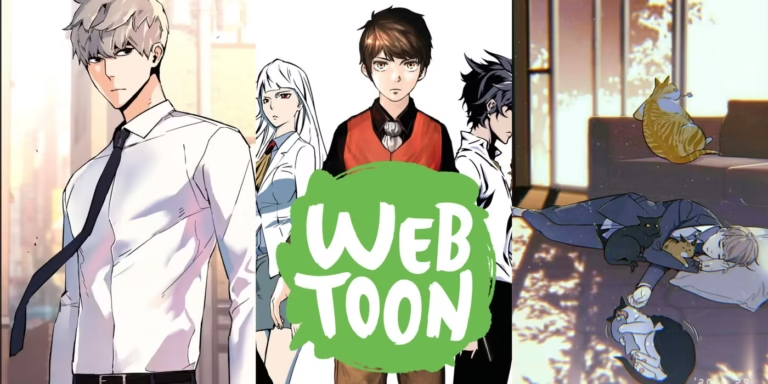A Journey Through Japanese Animation
Anime has transformed from a niche entertainment form into a global cultural phenomenon. So, what is anime exactly? While the term refers to Japanese animation, it encompasses a diverse array of genres and artistic styles that cater to audiences of all ages. From its rich history in Japan to its profound impact on the global entertainment industry, anime has become a medium that blends vibrant visuals with deep, thought-provoking narratives. In this article, we will explore what anime is, its origins, its evolution, and its immense cultural influence.
What Is Anime?
At its core, anime refers to Japanese animation, though the term is often used globally to describe animated works from Japan characterized by their distinct art style. Unlike Western cartoons, which traditionally target children, anime spans a broad spectrum of genres, appealing to various age groups. From action-packed shonen series, aimed at young boys, to dramatic seinen anime for adult men, anime encompasses stories that can be as lighthearted or as intense as the viewer desires.
One key feature that sets anime apart is its ability to tackle complex themes such as identity, morality, and existential questions. These topics are often explored through creative and imaginative storytelling, which can be whimsical or deeply philosophical. The unique aesthetic—marked by vivid colors, exaggerated facial expressions, and intricate character designs—adds to the medium’s appeal. Unlike many Western animated shows, which often focus on entertainment, anime is frequently regarded as a form of artistic expression, offering viewers not just entertainment but a chance to reflect on deeper societal and personal themes.
The Origins of Anime
Early Beginnings (1917–1930s)
Anime’s roots can be traced back to the early 20th century when it was heavily influenced by Western animation. The first surviving Japanese animated film, Namakura Gatana (1917), directed by Jun’ichi Kōuchi, was a short, experimental piece. Early Japanese animation was largely influenced by works from pioneers like Walt Disney and Winsor McCay. However, animation in Japan during this period was primarily used for educational and propaganda purposes.
During World War II, anime was appropriated for nationalistic reasons. Films like Momotaro: Umi no Shinpei (1945), created by the Imperial Japanese Navy, were used as propaganda to encourage patriotism. These early works marked the beginning of anime’s potential as a mass medium for conveying both ideas and emotions to large audiences.
Post-War Growth and the Influence of Disney
After the war, Japan began to shift its focus toward entertainment rather than propaganda, and the influence of Walt Disney was deeply felt in the early post-war period. American animated films, such as Snow White and Pinocchio, were introduced to Japan and had a significant impact on Japanese animators. This is when the iconic style of anime, characterized by large, expressive eyes and stylized movements, began to emerge.
However, it was Osamu Tezuka, often referred to as the “God of Manga,” who revolutionized anime. His creation of Astro Boy (1963) is widely regarded as the first modern anime TV series. The show introduced the limited animation technique, which reduced the number of frames per second, making animation more cost-effective and paving the way for future TV productions. Tezuka’s innovations in character design, pacing, and storytelling would lay the groundwork for the anime industry to flourish
The Birth of Modern Anime (1950s–1960s)
The 1960s marked the true emergence of anime as a mainstream medium. Following the success of Astro Boy, more anime shows began to appear on television. These series were heavily influenced by manga, and many were directly adapted from the popular comic books of the time. During this period, anime solidified its visual identity, with the now-iconic features like large eyes, expressive emotions, and fluid action scenes.
Speed Racer (1967), for example, helped define the genre of racing anime and became one of the first anime series to achieve international success. Similarly, Gigantor (1963) introduced the world to the idea of giant robots, a theme that would become central to anime culture. The 1960s marked the beginning of anime’s expansion beyond Japan, setting the stage for a global cultural phenomenon. https://www.nippon.com/en/features/h00043/
The Golden Age of Anime (1970s–1980s)
The 1970s and 1980s are often considered the Golden Age of Anime, a period when the medium exploded both domestically and internationally. One of the key turning points during this era was the release of Mobile Suit Gundam (1979), directed by Yoshiyuki Tomino. Unlike previous giant robot anime, Gundam incorporated a more realistic portrayal of war, with a focus on political intrigue, character development, and the moral implications of conflict. This marked the birth of the mecha genre and expanded anime’s narrative complexity beyond just action and spectacle
Another significant event in this era was the founding of Studio Ghibli in 1985 by Hayao Miyazaki and Isao Takahata. Ghibli’s films, such as My Neighbor Totoro (1988) and Princess Mononoke (1997), redefined anime with their lush animation, intricate storytelling, and exploration of human nature, environmentalism, and mythology. Miyazaki’s masterpiece, Spirited Away (2001), even won an Academy Award for Best Animated Feature, cementing anime’s place on the global stage and demonstrating the artistic value of Japanese animation.
The Global Expansion of Anime (1990s–2000s)
In the 1990s and 2000s, anime began to break through to global audiences in a way it never had before. Shows like Dragon Ball Z (1989–1996), Sailor Moon (1992–1997), and Pokémon (1997-present) became cultural phenomena, especially in the United States, Europe, and Latin America. These series introduced millions of viewers to the unique storytelling style of anime, combining action, adventure, and emotional depth.
As anime’s popularity grew internationally, so did the fanbase. Anime conventions, fan art, and cosplay became increasingly widespread, particularly in Western countries. The internet also played a key role in spreading anime, with fansubbing and online forums fostering a global community of anime enthusiasts. The rise of streaming platforms like Crunchyroll, which provided legal, subtitled anime streaming, further accelerated the medium’s growth. By making anime accessible to international audiences, platforms like Crunchyroll helped cement anime’s place as a global cultural force (Crunchyroll Official Website).
Anime’s Cultural Impact
Anime has had a profound impact on global pop culture. The rise of cosplay, where fans dress up as their favorite characters from anime, is one of the most visible ways anime culture has influenced society. Anime conventions, such as Anime Expo in Los Angeles and Comiket in Tokyo, attract millions of fans who celebrate the medium by dressing up as characters, exchanging fan art, and engaging in discussions.
Anime has also influenced Western cinema. Directors like Guillermo del Toro and James Cameron have cited anime as an influence on their own films, especially in terms of visual storytelling and the blending of fantasy with complex themes. The distinct animation styles and the ability to tell emotionally rich stories have resonated with filmmakers and audiences alike. Additionally, anime’s influence on video games is undeniable, with franchises like Final Fantasy and Persona taking significant inspiration from anime’s narrative structure and visual design https://en.wikipedia.org/wiki/History_of_anime
Conclusion
In answering the question, what is anime, we see that anime is more than just a form of animation—it is a powerful, versatile medium of storytelling that transcends cultural boundaries. From its humble beginnings in early 20th-century Japan to its current status as a global entertainment powerhouse. Since animes are commonly adapted for manga check out our history of manga post.








